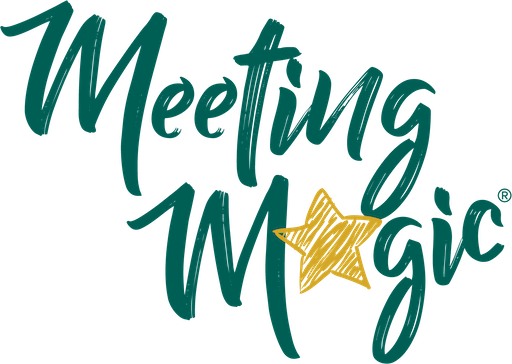So here we are, seven months later, nine months into the pandemic, and… we do seem to be collectively progressing along the graph.
After the initial scramble of coming to terms with CV19, pretty much everyone got onto Zoom or Teams or some other online platform and started to convert their face-to-face working practices into online practices. Even aged aunts and grannies got themselves tech-ied up to stay connected with loved ones and are ordering more online.
So, good job everyone!
Or is it?
Yes. Good job.
And… here’s the rub:
1. Our face-to-face practices for working together weren’t always great
One of the main issues with working almost exclusively in the virtual world is that there is very little room for spontaneous informality. By this we mean there are no casual moments of bumping into someone at the coffee machine, in the corridor, over lunch, in the car park… to just have a chat.
These informal moments are where we used to do a lot of relational work. In fact, it’s our view that we navigated and mitigated our lack of intention in relational work through these informal conversations. Now, in our current reality, where our main contact with our colleagues and co-collaborators is in virtual meetings, the lack of relational skill is showing both emotionally and practically.
Our old paradigm was dominated by a view that we can get work done between people without being skilled in relational work, hence the propensity to focus on information exchange and to jump right to task, with little or no room created for real human interaction in meetings, workshops etc.
Of course, at some level, we all understand that trust and respect are created by people, between people, and that they are the foundation of good collaboration.
We know it but, the point is, we still seldom worked with it intentionally. It happened mostly informally or incidentally.
The perpetuation of this pattern means that, without the informal relating, people are having to work really hard to get work done. Really hard. And it’s taking its toll. Hence the emerging cracks as people try to deliver on their performance targets in back-to-back virtual calls where, still, little or no room is created for connecting and relating as people.
See where we’re going with this?
And it’s not just our opinion. Back in November 2019, we did some qualitative research into how people feel about the way they meet. We were trying to get under the skin of what’s really going on in meetings, beyond the research that just explored productivity and time wasted in meetings.
The results of the research were startling. They showed that the long-term, sustained impact of people being in poor meetings day-in and day-out was similar to a trauma response. The relentless experience of not being seen or heard, of the pointlessness of some meetings, and the political navigation required was both exhausting and undermining.
Now we have all of that going on – still, again? – in our online meetings.
2. We are in a new world now
As our time in this global pandemic passes, everyone is coming to terms with it being a long-haul and the optimistic view is that we have an opportunity to change for the better. Just transferring our ‘old world’ habits and ways of working into the virtual space, however, does not take advantage of this opportunity.
The good news is that some people are realising all of this and are starting to challenge the way things have been done in the past and are looking for new ways. Harrah!
And, as you would expect from us, there’s a rub emerging here too. Because even the way we think about changing things is rooted in old ways of thinking. So, even the way we change, has opportunity for change.
Or, in the immortal words of a man who spoke of such things at another inflection point in history:
“The world as we have created it is a process of our thinking.
It cannot be changed without changing our thinking.”
Albert Einstein
So this is where we’re focussing our energy right now. On changing thinking. And practices. And by extension, our world.
How about you?!
